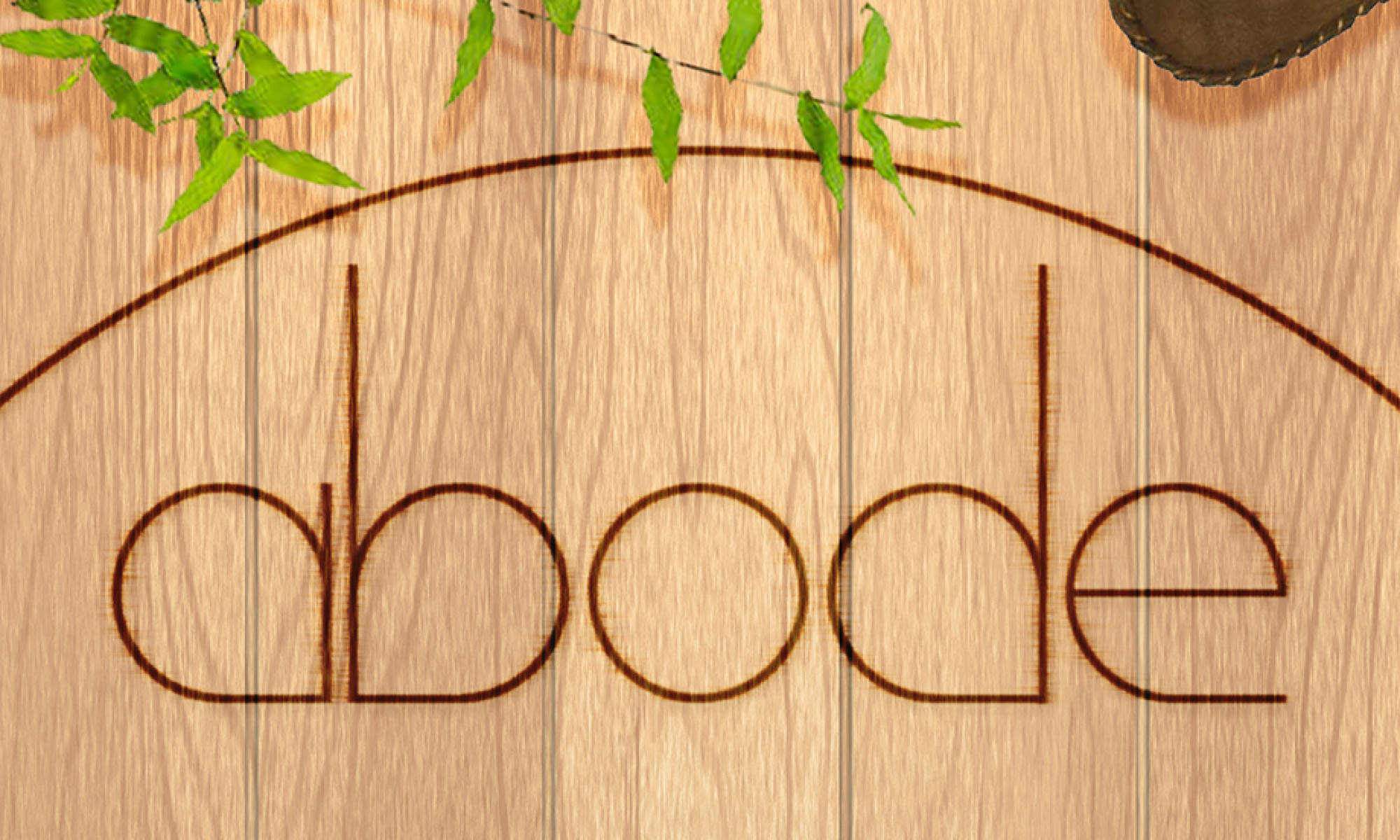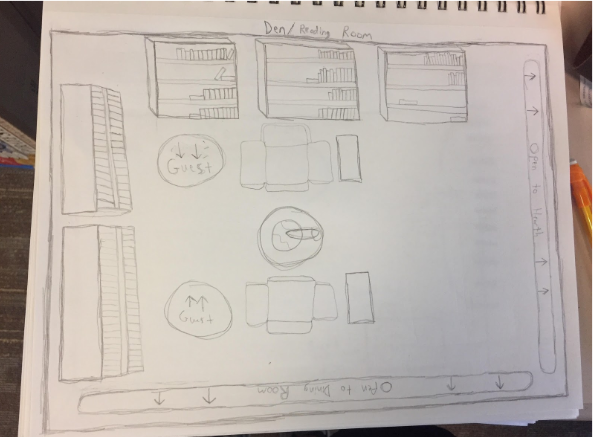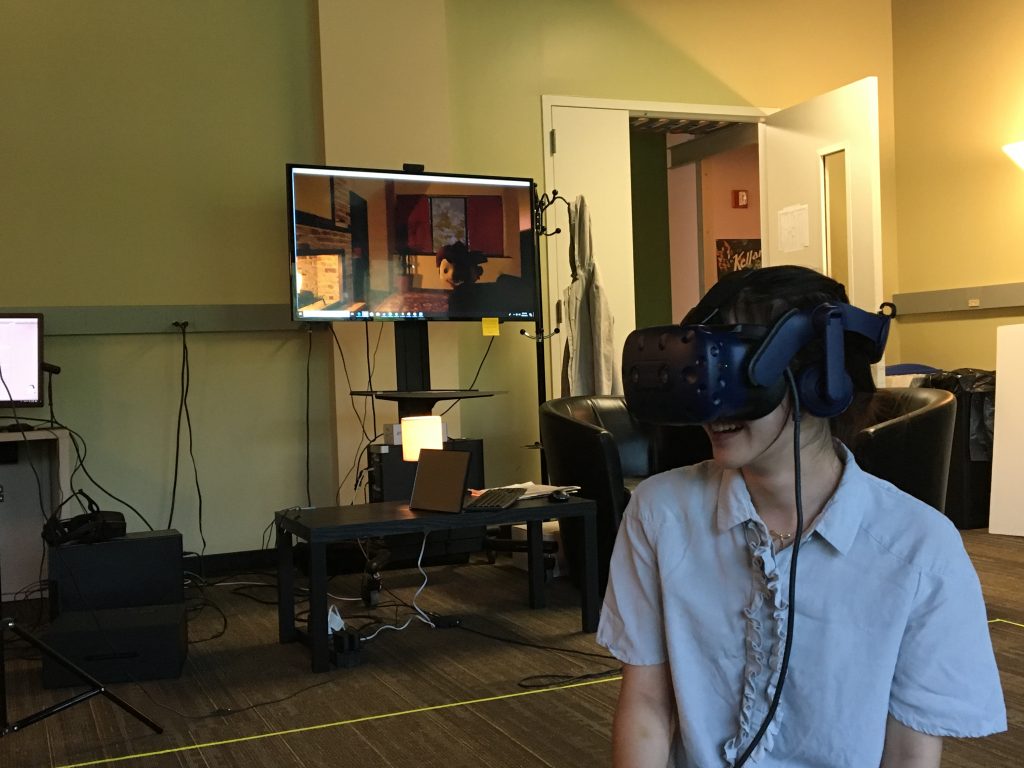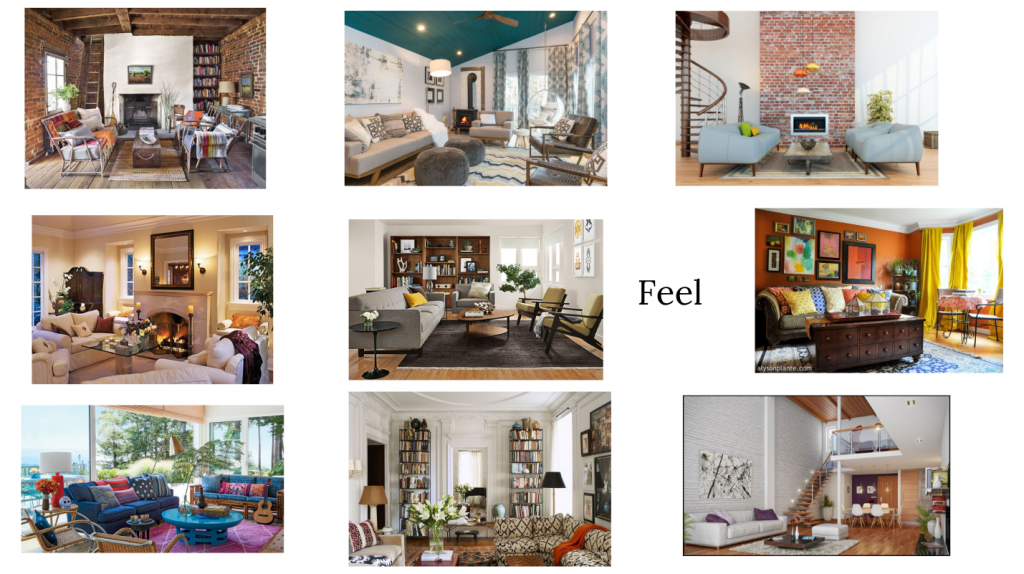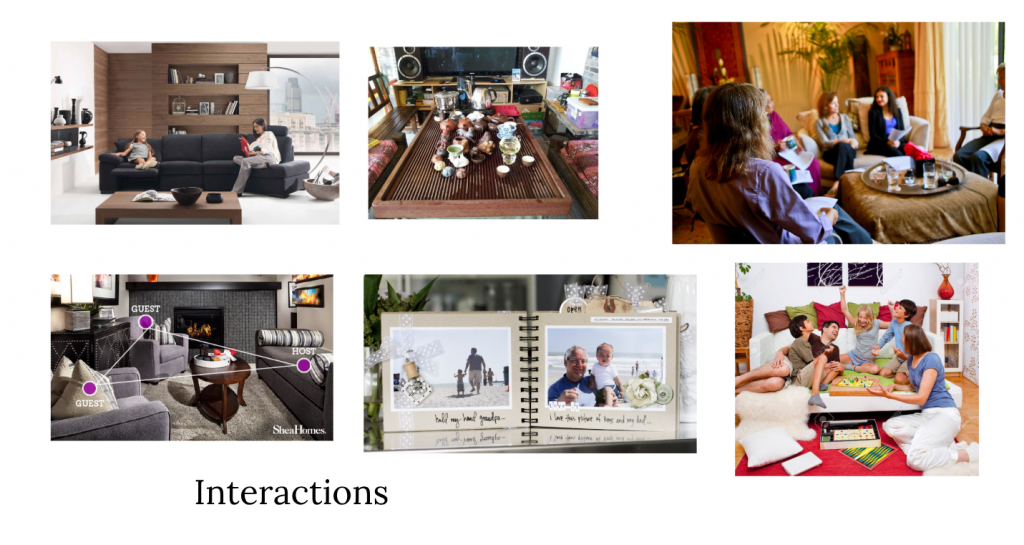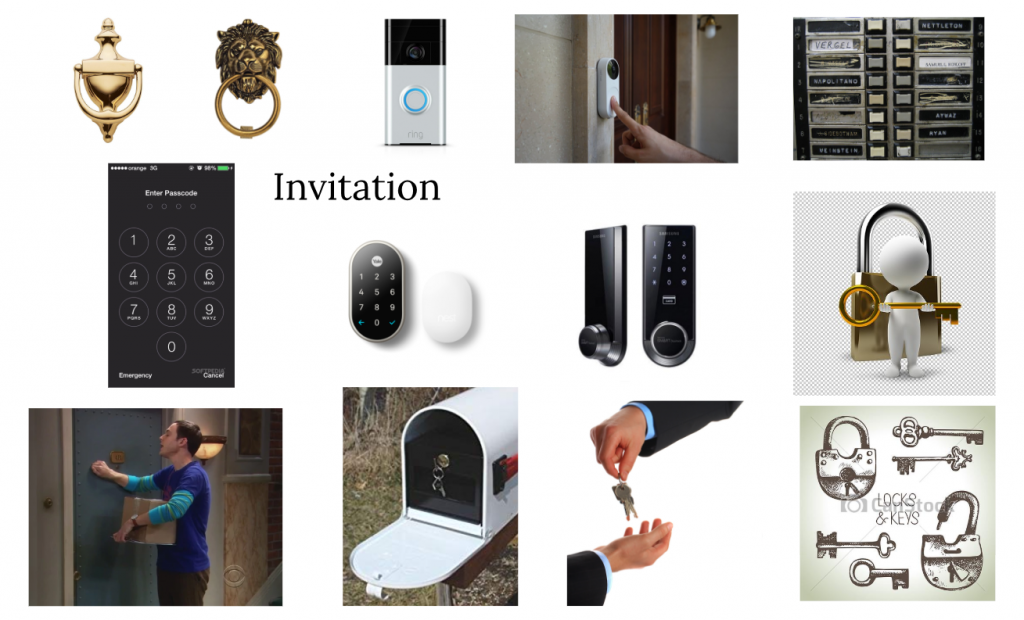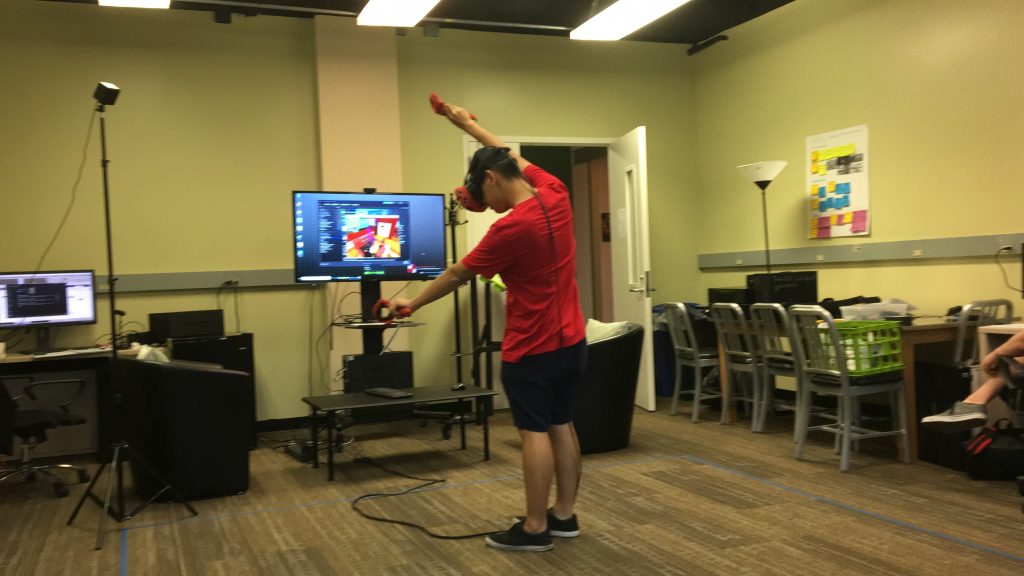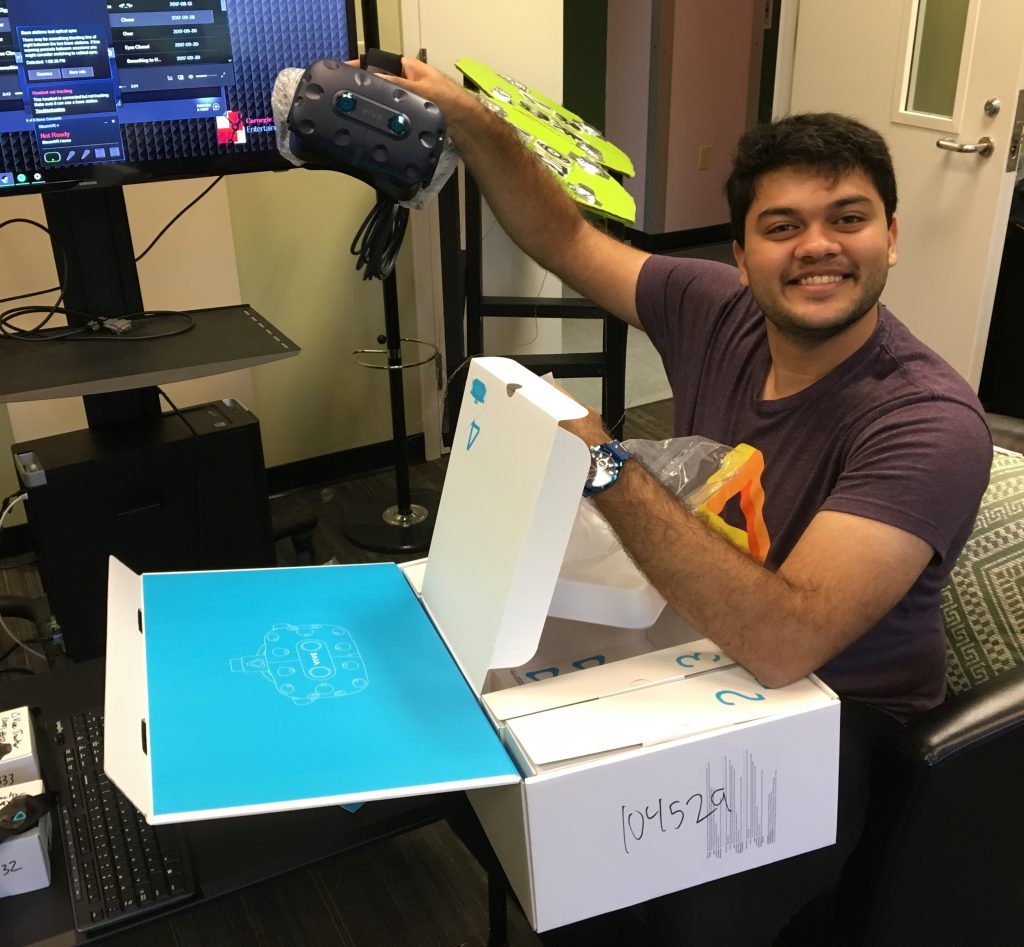The Project:
VR Home is a project based around tackling research questions relating to the concept of a virtual home. In previous research cycles of this project, teams have looked into what home means to them, the extension of home spaces and transitions between virtual and physical home spaces (aka. the notion of the virtual-physical hybrid home). This semester, we will be aiming to create three multi-user VR-Home experiences, all focused on multi-user scenarios.
The Task:
We have been tasked with creating various multi-user VR prototypes investigating a series of design questions:
What does it mean to have multiple people feel at home in a virtual space?
What do we know affects the feeling of being at home in a virtual space?
How do social contracts affect the experience of a virtual home space for both the user and the guests? Specifically entry and exit.
How do we show shared attention and where users are focused in multi-user VR?
Meet the Team:
Omar Cheikh-Ali is one of our team’s co-producers. He brings design and art experience, as well as former production experience to the project.
Justin Fanzo is one of our team’s designers. He will also be helping the team with playtesting and documentation.
Shan Jiang is another one of our team’s designers. He is also interested in concept design as well.
Srujani Kamineni brings UI/UX design, 3D art, and will be helping organize and gather info from playtests.
Ketul Majmudar is one of our team’s designers/co-producers, he brings both art and programming experience to the team, and will be co-producing.
Miao Ren is our team’s programmer. She brings networking VR experience as well as UX design experience.
First Update:
This week has mostly consisted of getting the project team up and running. We had a meeting with our client, Jessica Hammer, earlier during the summer since half our team was in Pittsburgh, and this week we had our second meeting with her as well as our faculty advisors. This helped us clarify our design goals and set us on the right path to begin researching to show our advisors and client next week.
In addition to this, we spent some time to establish lines of communication among our team, starting work on organizational strategies (the scrum board, meeting documentation, etc.), and getting our equipment/theming lists ready.
We’re all excited to get all of our team members together, start working and really dig into the research questions this semester.
